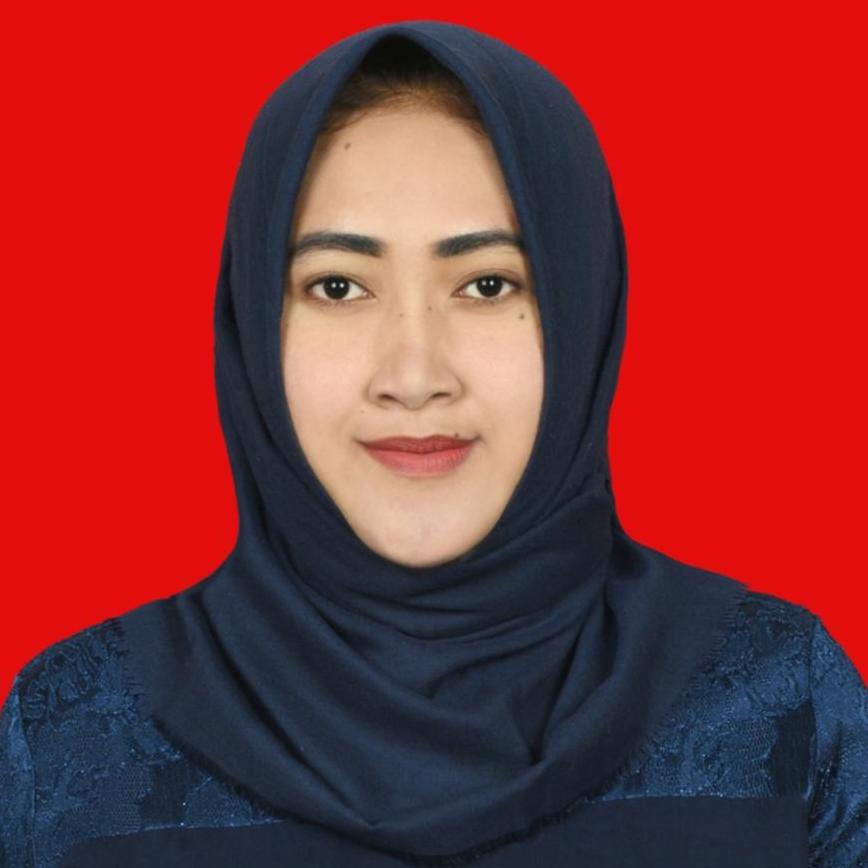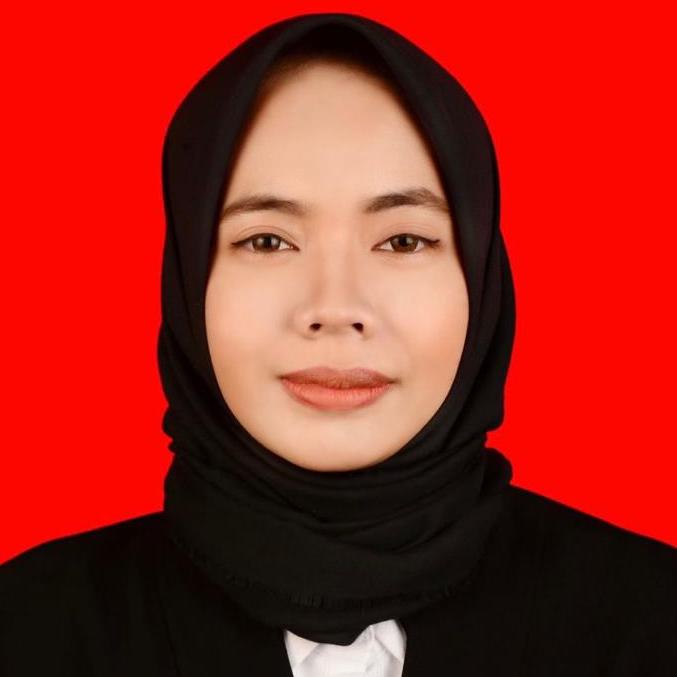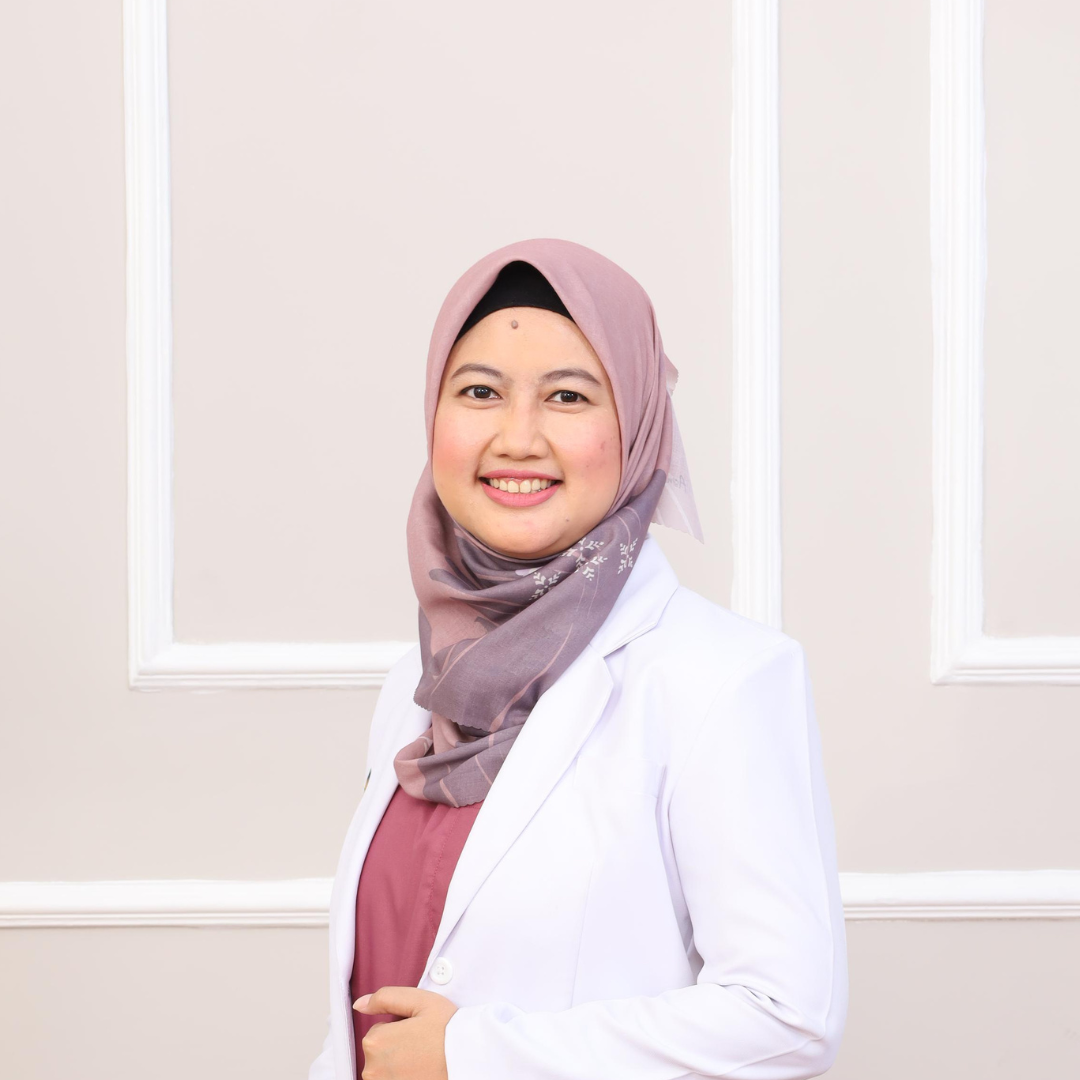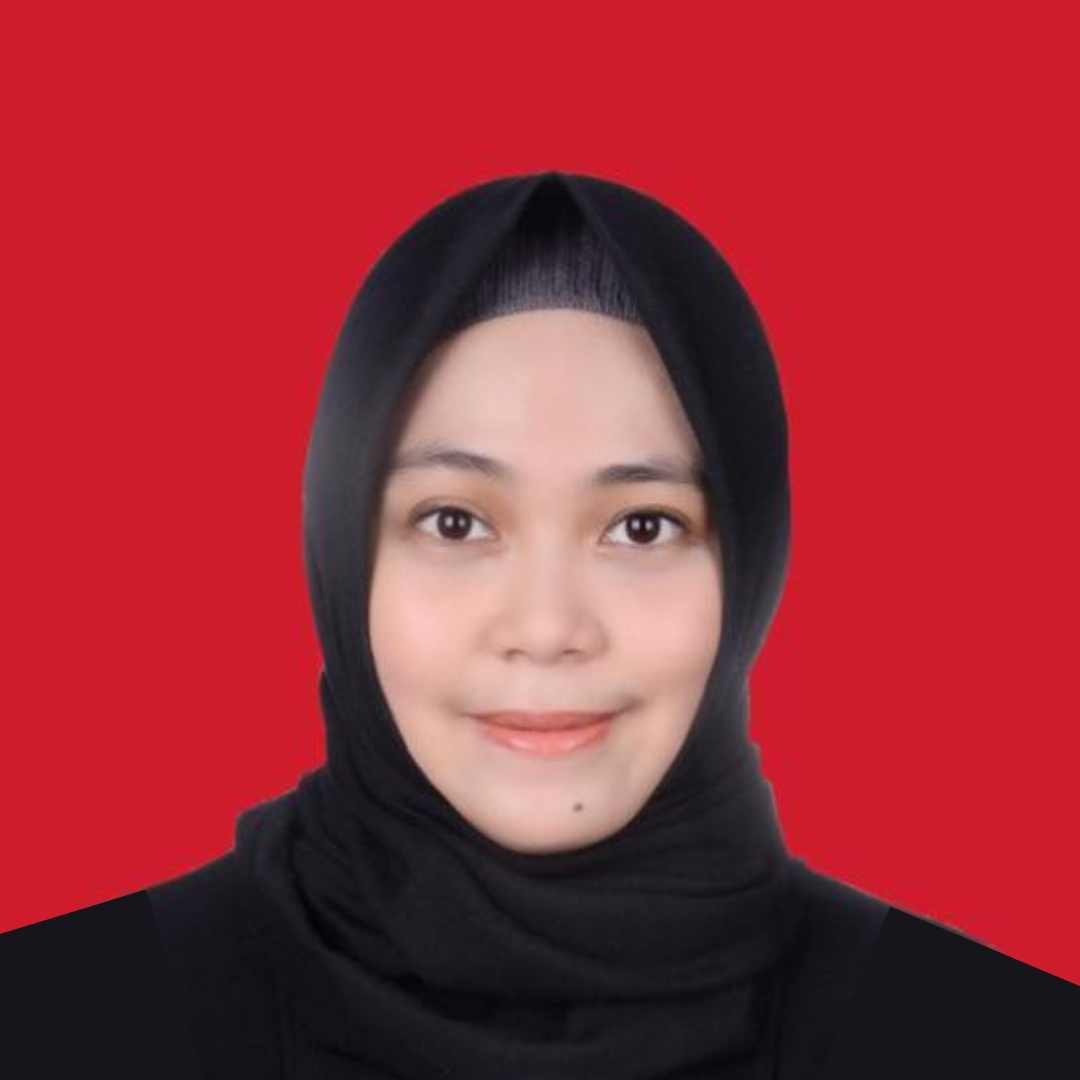VIRTUAL REALITY FOR TOOTHBRUSHING TRAINING AMONG ELEMENTARY SCHOOL STUDENTS: A QUASI EXPERIMENTAL STUDY
(1) Baiturahmah Dental Hospital, Padang
(2) Faculty of Dentistry, Universitas Baiturrahmah, Padang
(3) Faculty of Dentistry, Universitas Baiturrahmah, Padang
(*) Corresponding Author
Abstract
Background: Virtual reality (VR) has emerged as a transformative tool in educational training across various fields, including dentistry. Several studies have shown that VR can enhance the transfer of skills learned in training to real-world applications. This study presents a virtual reality video intervention with horizontal toothbrushing technique. The aim is to assess the effect of an educational intervention program on toothbrushing practice among elementary students at public elementary school 10 in Padang City.
Method: A quasi-experimental (pre-post) study design was conducted by 40 children with purposive sampling techniques. Pre-intervention and 4 weeks post-intervention assessments were conducted to assess the changes in the practices of toothbrushing properly. The measurement tool uses a 0–20-point scoring method. Wilcoxon's test was performed to investigate the differences between before and after intervention virtual reality toothbrushing training.
Outcome: There was an increased performance of toothbrushing skills, mean score before intervention 9.5 (minimum 4, maximum 14 points) and after intervention 17.5 (minimum 12, maximum 20 points). A significant improvement was observed between before and after using virtual reality based toothbrushing training (p < 0.05) among study participants.
Conclusion: Virtual reality-guided toothbrushing training could improve the toothbrushing skills of children. These findings suggested that virtual reality-based health promotion could be implemented among students at elementary school.
Keywords
Full Text:
PDFReferences
B. K. RI. Survei Kesehatan Indonesia dalam Angka. 2023. https://www.badankebijakan.kemkes.go.id/hasil-ski-2023/ (accessed 2024).
T. Pérez-Portilla. The Importance of Toothbrushing and Oral Hygiene in Maintaining Oral Health. 2023. doi: 10.20944/preprints202309.0596.v1.
M. Essalat et al. A Naturalistic Study of Brushing Patterns Using Powered Toothbrushes. Plos One. 2022; 17:5, p. e0263638, 2022, doi: 10.1371/journal.pone.0263638.
M. Kuwabara et al. Association Between Toothbrushing and Risk Factors for Cardiovascular Disease: A Large-Scale, Cross-Sectional Japanese Study. BMJ Open. 2016; 6:1, p. e009870. doi: 10.1136/bmjopen-2015-009870.
M. Kajikawa et al. Poor Oral Health, That Is, Decreased Frequency of Tooth Brushing, Is Associated with Endothelial Dysfunction. Circulation Journal. 2014; 78:4, pp. 950-954, 2014, doi: 10.1253/circj.cj-13-1330.
V. A. Trinh, E. Tarbit, L. Do, D. Ha, and J. Tadakamadla. The Influence of Family Socioeconomic Status on Toothbrushing Practices in Australian Children. Journal of Public Health Dentistry. 2021; 81:4, pp. 308-315. doi: 10.1111/jphd.12477.
G. Acuña-González et al. Socioeconomic Inequalities and Toothbrushing Frequency Among Schoolchildren Aged 6 to 12 Years in a Multi-Site Study of Mexican Cities: A Cross-Sectional Study. Children. 2022; 9:7, p. 1069. doi: 10.3390/children9071069.
N. Sermsuti-anuwat and S. Pongpanich. Factors Associated With Periodontal Diseases and Oral Hygiene Status Among Community-Dwelling Adults With Physical Disabilities in Thailand: A Cross-Sectional Study. Global Journal of Health Science. 2019; 11:9, p. 52. doi: 10.5539/gjhs.v11n9p52.
L. E. Genaro, J. V. Marconato, D. Hanai, C. L. G. Pawloski, and C. Ticiana Sidonko de Oliveira. Virtual Reality in Oral Hygiene Instruction: An Immersive Approach. Odovtos - International Journal of Dental Sciences. 2021; pp. 519-529. doi: 10.15517/ijds.2022.49283.
N. A. Aminabadi, O. Golsanamlou, Z. Halimi, and Z. Jamali. Assessing the Different Levels of Virtual Reality That Influence Anxiety, Behavior, and Oral Health Status in Preschool Children: Randomized Controlled Clinical Trial. Jmir Perioperative Medicine. 2022; 5:1, p. e35415, 2022. doi: 10.2196/35415.
A. Putri. Hubungan Perilaku Oral Hygiene dengan Kejadian Karies Gigi pada Anak SDN 10 Sungai Sapih Kota Padang. Bachelor, Nursing, Universitas Andalas, Padang. 2017.
M. E. Tantawi, N. M. Aly, S. Atteya, E. B. Abdellatif, and R. Yassin. Parenting Practices and Oral Health Behaviors of Children in Rural Egypt: Gender Differences in a Household Survey. BMC Oral Health. 2022: 22:1. doi: 10.1186/s12903-022-02054-z.
H. P. Halpern and M. Perry‐Jenkins. Parents’ Gender Ideology and Gendered Behavior as Predictors of Children’s Gender-Role Attitudes: A Longitudinal Exploration. Sex Roles. 2015; 74:11-12, pp. 527-542. doi: 10.1007/s11199-015-0539-0.
I. G. D. Utamayasa. An Innovative Approach in Physical Education: Exploring the Impact of Interactive Virtual Reality on Motor Skills. Edu Sportivo Indonesian Journal of Physical Education. 2024; 5:1, pp. 1-9. doi: 10.25299/esijope.2024.vol5(1).14354.
K. Ghaddaripouri, S. F. M. Baigi, N. Noori, and M. R. M. Habibi. Investigating the Effect of Virtual Reality on Reducing the Anxiety in Children: A Systematic Review. Frontiers in Health Informatics. 2022; 11:1. doi: 10.30699/fhi.v11i1.373.
T. Li, Y. Fu, Y. Yang, and Y. Zhou. Control Effect of Virtual Reality Technology on Procedural Pain in Children’s Wound: A Meta-Analysis. Medicine. 2022; 101:40, p. e30961. doi: 10.1097/md.0000000000030961.
J. Jeayareka, K. G. Raman, L. K. Singh, and T. B. Jagzape. Effectiveness of Virtual Reality Therapy on Anxiety and Symptom Distress with Chemotherapy Among Children with Cancer. International Journal of Research in Pharmaceutical Sciences. 2020; 11. no. SPL4, pp. 3117-3123. doi: 10.26452/ijrps.v11ispl4.4640.
O. Felemban, R. M. Alshamrani, D. H. Aljeddawi, and S. M. Bagher. Effect of Virtual Reality Distraction on Pain and Anxiety During Infiltration Anesthesia in Pediatric Patients: A Randomized Clinical Trial. BMC Oral Health. 2021; 21:1. doi: 10.1186/s12903-021-01678-x.
F. Wang et al. The Application of Virtual Reality Training for Anastomosis During Robot-Assisted Radical Prostatectomy. Asian Journal of Urology. 2021; 8:2, pp. 204-208. doi: 10.1016/j.ajur.2019.11.005.
R. Ma. Application of Computer Virtual Reality Technology in College Physical Education Training. 2023. doi: 10.4108/eai.8-9-2023.2340048.
M. Portelli, S. Bianco, T. Bezzina, and J.-E. Abela. Virtual Reality Training Compared with Apprenticeship Training in Laparoscopic Surgery: A Meta-Analysis. Annals of the Royal College of Surgeons of England. 2020; 102:9, pp. 672-684. doi: 10.1308/rcsann.2020.0178.
A. P. Apsari. Virtual Reality Effectivity to Increase Self-Efficacy in Suction Skill Among Nursing Student: Quasi Experiment Study. Journal of Nursing Care. 2023; 6:2. doi: 10.24198/jnc.v6i2.44333.
S. Zacharias, F. K. Kahabuka, and H. S. Mbawalla. Effectiveness of Randomized Controlled Field Trial Instructing Parents to Supervise Children on Tooth Brushing Skills and Oral Hygiene. The Open Dentistry Journal. 2019; 13:1, pp. 76-84. doi: 10.2174/1874210601913010076.
T. Purnama. Tooth Brushing Skills and Personal Hygiene Performance Modified (PHP-M) Index in Preschool Children. Asian Journal of Dental and Health Sciences. 2023; 3:3, pp. 10-13. doi: 10.22270/ajdhs.v3i3.47.
T. K. Huang, C.-H. Yang, Y.-C. Hsieh, J. C. Wang, and C.-C. Hung. Augmented Reality (AR) and Virtual Reality (VR) Applied in Dentistry. The Kaohsiung Journal of Medical Sciences. 2018; 34:4, pp. 243-248. doi: 10.1016/j.kjms.2018.01.009.
B. M. Kyaw et al. Virtual Reality for Health Professions Education: Systematic Review and Meta-Analysis by the Digital Health Education Collaboration. Journal of Medical Internet Research. 2019; 21:1, p. e12959. doi: 10.2196/12959.
Article Metrics
Abstract view : 26 timesPDF - 6 times
DOI: https://doi.org/10.26714/ijd.v5i1.17007
Refbacks
- There are currently no refbacks.
Copyright (c) 2025 Indonesian Journal of Dentistry
 |  | Indonesian Journal of Dentistry (IJD), its website and the articles published therein are licensed under a Creative Commons Attributions-ShareAlike 4.0 International Licence. Indonesian Journal of Dentistry is published by Faculty of Dentistry Universitas Muhammadiyah Semarang (FKG Unimus). It's managed by Universitas Muhammadiyah Semarang. |

















